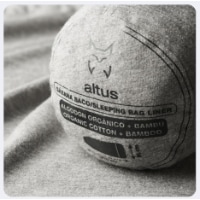- Time of past OR future Camino
- Many, various, and continuing.
Note from the mods: I was unable to put my introductory post above this post, so I will just paste it in:
On another thread, @Wendy Werneth introduced us to the Camiño Taverneiro, a short route through Galicia. Anyone interested in exploring off the beaten trail paths should definitely check it out.
The thread provoked criticism over authenticity. That is a broader topic applicable to many paths, and that discussion took us away from @Wendy Werneth’s original points. So I thought it’d be helpful to separate the authenticity debate into its own thread.
Opinions are strong here, so I’ve got my fingers crossed we can keep it civil.
This is Reb’s comment that started the discussion:
Just a historical nitpick: this is not a "rediscovered camino." It was confected, like a good number of other local "caminos," within the last few years by local interests...the same people often appear as 'founders' of more than one. Historical references and relation to the Santiago Way is vague, sketchy, or based on "local lore." That does not make it any less beautiful, fun, or challenging -- and no doubt somebody walked that way at some point to get to Santigo. Still, calling it a 'rediscovered camino" is a big stretch.
On another thread, @Wendy Werneth introduced us to the Camiño Taverneiro, a short route through Galicia. Anyone interested in exploring off the beaten trail paths should definitely check it out.
The thread provoked criticism over authenticity. That is a broader topic applicable to many paths, and that discussion took us away from @Wendy Werneth’s original points. So I thought it’d be helpful to separate the authenticity debate into its own thread.
Opinions are strong here, so I’ve got my fingers crossed we can keep it civil.
This is Reb’s comment that started the discussion:
Just a historical nitpick: this is not a "rediscovered camino." It was confected, like a good number of other local "caminos," within the last few years by local interests...the same people often appear as 'founders' of more than one. Historical references and relation to the Santiago Way is vague, sketchy, or based on "local lore." That does not make it any less beautiful, fun, or challenging -- and no doubt somebody walked that way at some point to get to Santigo. Still, calling it a 'rediscovered camino" is a big stretch.
Last edited by a moderator:





















